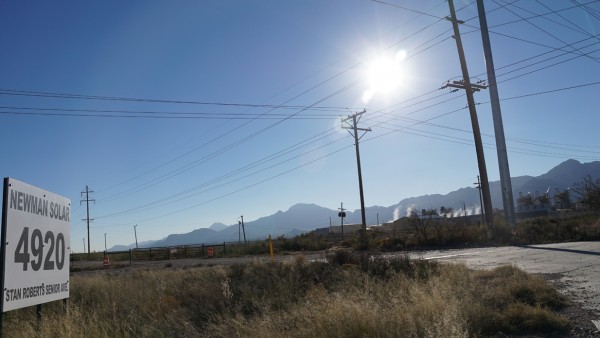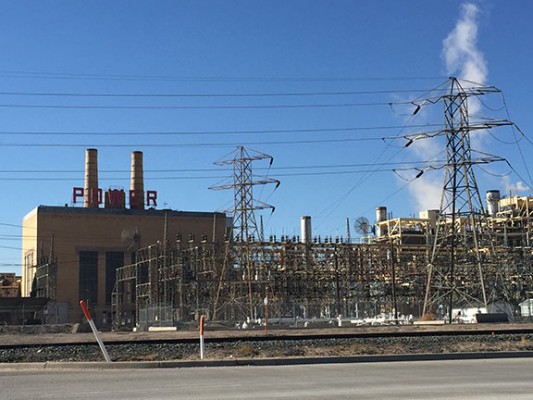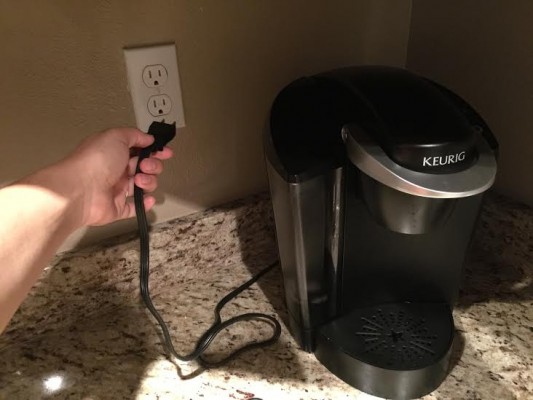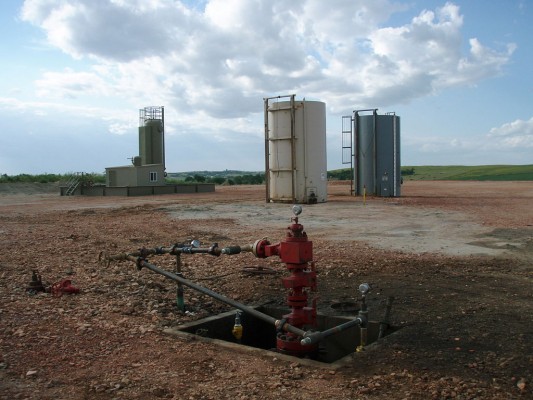Where is El Paso on energy sustainability?
|
EL PASO — As the world heats up and the threat of rising sea levels becomes more pressing, unconcerned humans continue to pump dangerous levels of greenhouse gasses into our fragile atmosphere, putting 7.3 billion people at risk of extinction. But some El Paso officials are determined to reduce carbon emissions here and improve the quality of life for all who live in the Sun City. The Office of Resilience and Sustainability was created in 2007 to develop sustainability goals for the city and to plan initiatives that support the entire community while helping to reduce the carbon footprint created by day to day living. “The resilience initiative looks at things through different lenses,” said Nicole Ferrini, Chief Resilience officer for the City of El Paso. “We are looking at the energy question with a triple bottom line: people, planet and profit.”
All procedures city-wide must follow strict guidelines defined in the “Livable City Sustainability Plan” to address the environmental, economic and social impact of future policies and programs.
There are a few programs that are making progress in the city that adhere to these principles and also help to improve the quality of life for all El Pasoans.



